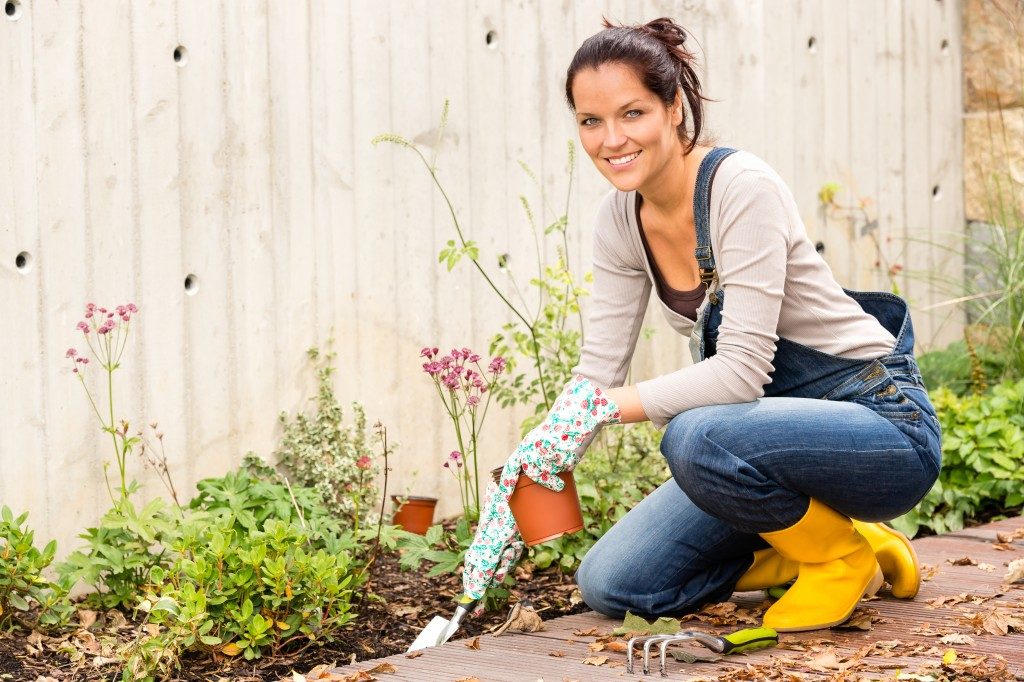Several studies show that gardening as a hobby can contribute to a longer life. In a study conducted in Australia, it was found that men and women in their 60s who gardened regularly were less likely to have dementia than their non-gardening counterparts. Indeed, gardening is a good source of various physical, mental, and health benefits.
Starting a gardening hobby is an excellent idea if you’re looking into harnessing your creativity and improving your productivity. It’s a good activity to invest your free time in. For starters, here’s what you need:
A Good Site
Typically, an ideal place for gardening is one that is exposed to the sun, has easy access to water, and has soil. These factors are vital in determining the plants that you will be able to grow. You might also need to examine your soil to see if it’s suitable for growing plants. An effective way is conducting a pH test. This test is used to measure the soil’s nutrient content, composition, acidity, and alkalinity.

The Right Tools
Don’t get too excited about buying gardening tools all at once. At least have the basics for now—gloves, trowels, spades, garden forks, pruners, and watering gear. Since you are just starting, it’s good enough to have the essential tools at hand. Meanwhile, also look into garden sheds for sale if you’re planning to take your hobby to the next level. Having a garden shed offers better equipment storage for efficient gardening. Hence, it’s a smart investment for the future, too.
Choice of Plants
Choose plants that match the growing conditions in your preferred site. As mentioned earlier, light, water, and soil are among the key factors to consider. For optimal results, also check your area’s hardiness zone to determine which plants are suitable for your land.
Here are a few plant types that you might want to consider:
- Annuals – flowering or foliage-only plants that complete their life cycle in one season; some examples are marigold, begonia, and petunia.
- Perennials – plants that can live for more than two years; some examples are chrysanthemum, lavender, and peony.
- Bulbs – among the easiest plants to grow due to their ability to self-propagate; some examples are crocus, tulip, and daffodil.
- Shrubs – woody plants that are smaller than a tree and commonly used for foundation planting. Some examples are lilac, azalea, and spirea.
- Vines – climbing plants such as bougainvillea, jasmine, and honeysuckle.
There are many plant types to choose from, so it’s advisable to do some research and to take your time in selecting your plants. However, for an easy, foolproof hack, you can check what types of plants grow in your neighbors’ gardens.

Time, Dedication, and a Little Patience
By the time you’ve prepared your garden, that’s where the real work begins. Take time to monitor your plants’ growth, and make sure to water them daily. Be on the lookout for weeds and other pests too, as they can inhibit your plants’ growth. Also, bear in mind that gardening is not an exact science, so don’t be afraid to make mistakes. If your plants don’t grow well, start over and try again.
Overall, maintaining a garden does take commitment. Gardening seems a challenging hobby, but equipping yourself with adequate knowledge and experience will surely do the trick. Don’t confine yourself to just knowing the basics; feel free to ask around your neighborhood, do more research, try different methods, and enjoy the process.

